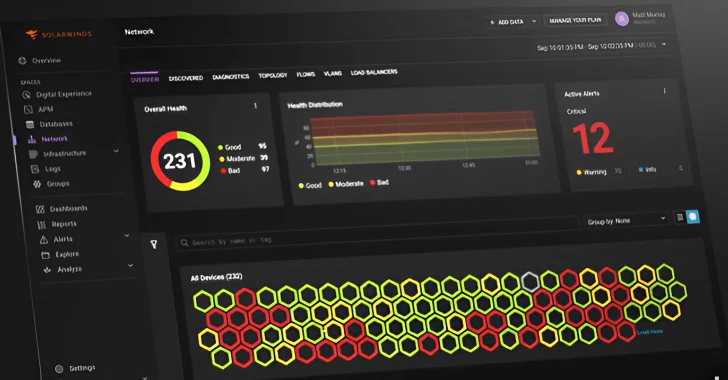A recent study by European cybersecurity firm Modat has uncovered a significant vulnerability in the healthcare sector: over 1.2 million internet-connected medical devices and systems are exposed online, putting sensitive patient data at considerable risk. This alarming discovery highlights the urgent need for enhanced cybersecurity measures within healthcare institutions.
Global Distribution of Exposed Devices
The research identified the top ten regions with the highest number of exposed healthcare devices:
– United States: 174,000+
– South Africa: 172,000+
– Australia: 111,000+
– Brazil: 82,000+
– Germany: 81,000+
– Ireland: 81,000+
– Great Britain: 77,000+
– France: 75,000+
– Sweden: 74,000+
– Japan: 48,000+
These figures underscore the global nature of the issue, with developed and developing nations alike facing significant exposure risks.
Types of Vulnerable Devices
Utilizing their proprietary internet scanning platform, Modat Magnify, researchers identified vulnerabilities across more than 70 types of medical devices and systems, including:
– MRI machines
– CT scanners
– X-ray machines
– DICOM viewers
– Blood test systems
– Hospital management systems
The exposure of such a wide array of devices indicates systemic security lapses within the healthcare industry.
Root Causes of Vulnerabilities
Several factors contribute to the widespread exposure of these devices:
– Misconfigurations and Insecure Management Settings: Improperly configured devices can inadvertently become accessible to unauthorized users.
– Default or Weak Passwords: Many systems still operate with factory-default credentials or easily guessable passwords like admin or 123456, providing minimal defense against unauthorized access.
– Unpatched Vulnerabilities: Outdated firmware or software with known security flaws remain unpatched, leaving devices susceptible to exploitation.
These issues not only jeopardize patient confidentiality but also open avenues for cybercriminals to conduct fraud, extortion, or infiltrate healthcare networks.
Real-World Implications
The study revealed instances where sensitive medical data was readily accessible online. For example, researchers found patient MRI scans, including chest and brain images, complete with names and medical histories. Other exposed data included eye exams, dental X-rays, blood test results, and detailed lung MRIs, some dating back several years. Such exposures can lead to identity theft, insurance fraud, and other malicious activities.
Industry Response and Recommendations
In response to these findings, Modat collaborated with international partners like Health-ISAC and Dutch CERT Z-CERT to ensure responsible disclosure and assist affected organizations in addressing these security breaches.
Soufian El Yadmani, CEO of Modat, emphasized the gravity of the situation:
The question we should be asking is: Why are there MRI scanners with internet connectivity that lack proper security measures?
He further noted that while remote operations of medical devices are becoming more common to address staffing shortages and provide specialized expertise, many systems remain exposed to the internet without adequate cybersecurity measures.
Recommendations for Healthcare Organizations
To mitigate these risks, healthcare institutions should:
– Conduct Regular Security Assessments: Routine evaluations can identify and rectify vulnerabilities before they can be exploited.
– Maintain Comprehensive Asset Inventories: Keeping an up-to-date record of all connected devices ensures that no equipment is overlooked in security protocols.
– Implement Strong Authentication Measures: Replacing default credentials with complex, unique passwords and enabling multi-factor authentication can significantly enhance security.
– Ensure Timely Software Updates: Regularly updating firmware and software patches known vulnerabilities, reducing the risk of exploitation.
– Limit Internet Exposure: Devices should only be connected to secure, properly configured networks when there is a legitimate clinical need for remote access.
Conclusion
The exposure of over 1.2 million healthcare devices online is a stark reminder of the critical need for robust cybersecurity measures in the healthcare sector. Protecting patient data is not merely an IT concern but a fundamental aspect of patient safety and trust. Healthcare organizations must prioritize securing their systems to prevent unauthorized access and potential breaches.



